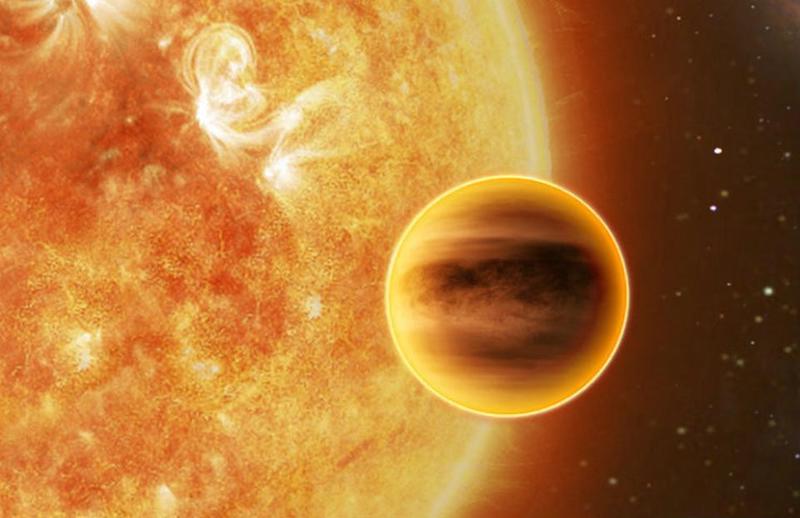Scientists have proved that planets such as “hot Jupiters” can accelerate the rotation of stars around their axis. This causes them to release more energy in the X-ray part of the spectrum, which is considered a sign of a young star.

X-ray radiation and the age of the star
Scientists from the Leibniz Institute of Astrophysics in Potsdam have proved that some planets can make their own luminaries look younger than they are. Previously, opinions have already been expressed that gas giants in orbits close to the star can influence their behavior, but detailed proof of this has only recently been published in Monthly Notices of the Royal Astronomical Society.
When a star ages, it is always possible to track how the number of flashes on its surface decreases and the proportion of energy it emits in the X-ray range decreases. But when a very massive planet is in orbit close to the surface, its gravity forces the luminary to rotate faster and these indicators begin to increase again.
It looks like the star has “rejuvenated”. However, scientists could not prove this effect for a long time. It is too difficult to distinguish between really young stars and the only ones that look like this because of the presence of a “hot Jupiter” nearby.
At the same time, it should be noted that inside, the star does not get younger. The reserves of hydrogen fuel in its core are not being restored, and there is no question of any prolongation of existence. The luminary shows excessive activity longer.
How does it prove that “hot Jupiters” affect stars?
In order to prove that “hot Jupiters” really affect their luminaries, researchers studied binary stars using the orbiting Chandra X-ray telescope. They are always born together and therefore have the same age even when their masses differ and the evolution of one goes faster than the other.
Scientists have selected several such pairs, the distance between which is large enough to include mutual influence from the list of factors. But one of the stars must have a planet – “hot Jupiter”.
Fortunately, there were enough such binary systems and scientists were able to compare the amount of X-ray radiation coming from each of the stars. It turned out that having “hot Jupiters” in close orbit are indeed more active in this part of the spectrum. So, the assumptions about their “rejuvenation” thanks to the planets were correct.
According to phys.org
Follow us on Twitter to get the most interesting space news in time
https://twitter.com/ust_magazine

